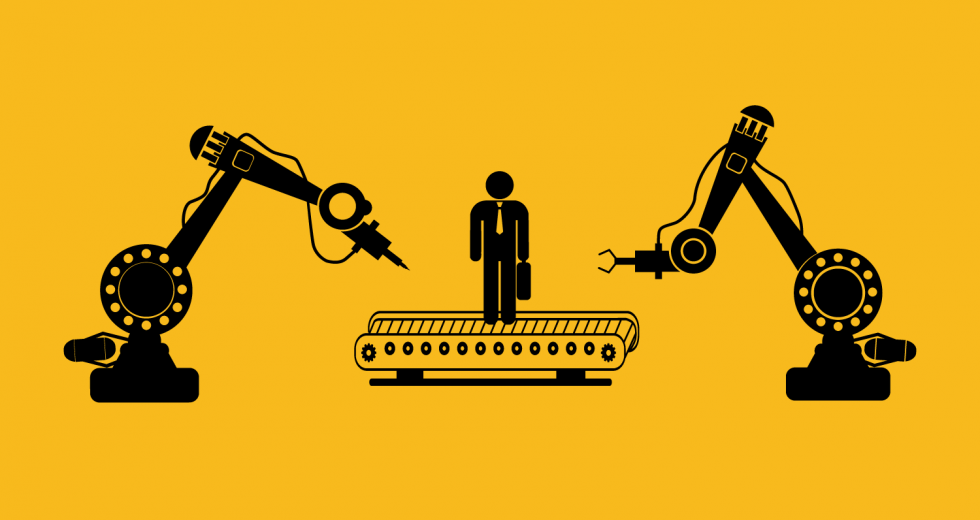You’ve finally done it. Your business now has that elusive support team that should enable you to take the odd weekend off, serve more clients and stop being the bottleneck for every decision. Time to celebrate!
Except, you remember, you still need to train those new team members. Whether you own a retail store, service business or product-based business, there are some simple steps you can take to make training easier from the first day.
1. Create your training checklist. Back when you were hiring, you probably created a job description or outlined what this new team member would be doing. With that starting point in mind, make a checklist of each distinct task that you’re handing off. Don’t worry about organizing the checklist just yet, simply write down the tasks. It’s okay to include things to outsource immediately as well as responsibilities that will require more training.
Even if your new hire already has experience in these areas, you’ll still want to list each task. At the end of this process you’ll want your employee to say, “This came up, so I checked the training and referenced this section to complete the task.”
Training Tip: Instead of “billing”, make distinct tasks such as “set up recurring billing accounts” or “refund overpaid invoices.”
2. Document as you train. If you had to create all training material prior to hiring, you’d never bring on a new employee — after all, you hired help because you have too much to do. So with your next hire, record as you go.
Training can include written instructions, short videos, templates, pictures … anything that shows the outcome you want and the steps the employee should take. Don’t skimp on the step-by-step instruction, because it’s your opportunity to explain in detail how you want things done.
We call this the “GPS of your business,” because without it your employee may get from point A to B but take twice as long, wasting resources (which you’re paying for) and becoming really lost and frustrated in the process.
Training Tip: if you hate documenting, assign this step to your new hire as a way to test their comprehension and get the job off your plate.
3. Build your training database. The worst thing about firing an employee who isn’t working out is the thought of training yet again. Once you have a training database, resource center or manual ready, it becomes easier to replace an underperforming employee or hire another team member to handle growth.
A training manual doesn’t need to be a physical binder gathering dust on your bookshelf. Some of the most effective ones are interactive and stored online so they can be easily updated and shared within the company.
As your business grows, these training modules can be automated or given to a manager to administer so your initial goal of having more free time is realized. Instead of dedicating hours of your time to training a new employee, you now have a comprehensive resource for onboarding.
Training Tip: Having best practices outline in material to reference makes it much easier to correct employees and decide if your new employee is able to follow direction.
While it may seem like too much work now, folding this into your next training will make the whole process easier to complete. And if you ever consider franchising or selling your business, these resources add quite a bit of value.
Recommended For You

High-Speed Hiring
How to automate your process from start to finish
In a world with automated bill paying, direct deposits and DVR, you may be thinking “what will they automate next?” If you’re a business owner looking for seasonal help or another employee, then I have good news for you. Automating your hiring process can not only save time and headaches, but it can also help identify the best applicants easier than ever.

Winners Know When to Quit
4 situations where it's OK to walk away
Business owners and entrepreneurs are often lauded for working against all the odds and being too stubborn to quit. But in reality, there are times when quitting is the best option available.

Reaching Inbox Zero
5 steps to stop your inbox from running your life and ruining your day
Abandoning your email is sort of like running away from home: We all know you’ll be back by dinner time.

The Quick Quit
Employee retention hinges on a smooth onboarding process
Have you ever arrived at work and realized you don’t remember driving there? It’s kind of a weird feeling, but your consciousness was somewhere else while your subconscious did all the work of traveling, turning, merging and parking. You can do this because your commute is so ingrained that it doesn’t involve any real decision-making.



